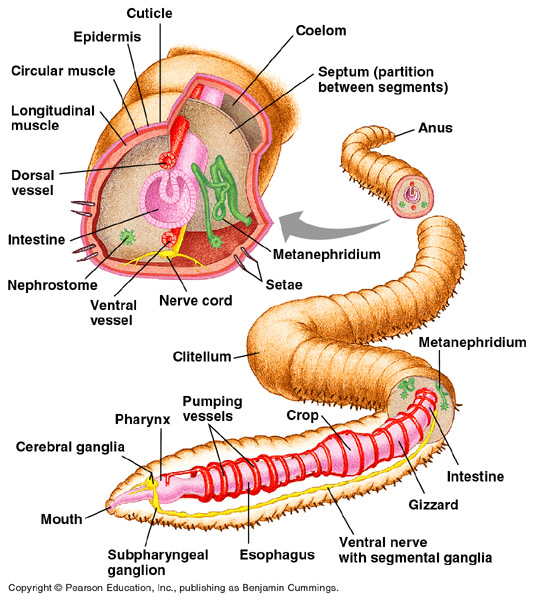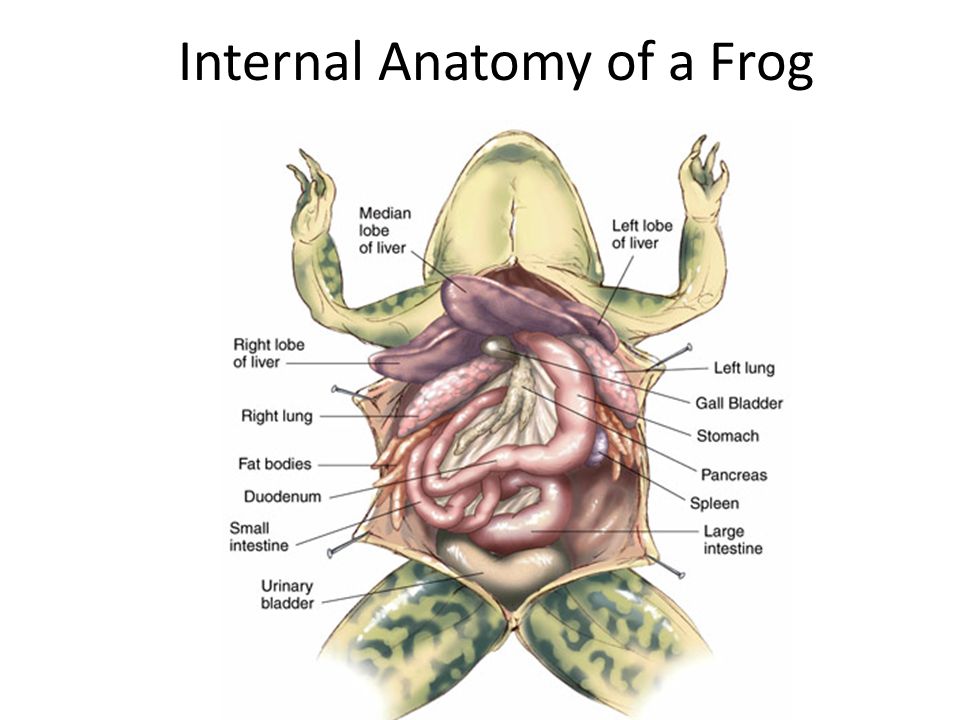CBSE Class 11 Biology Chapter 7 Revision Notes Part 2
Chapter 7: Structural Organisation in Animals Revision Notes Part 2
The human body consists of millions of cells that perform various functions. In multicellular organisms, groups of similar cells with intercellular elements carry out particular functions, and this is the tissue. These tissues form organs that go on to form the organ system.
The structural organization of a few living organisma are given below:
I) Structural Organization of an Earthworm:
The morphology and anatomy of the earthworm are as follows: They are terrestrial invertebrates that are reddish-brown and are found in the upper and moist layers of the soils. They are easily located by their fecal deposits known as worm casting. Some of the common earthworms are Lumbricus and Pheretima.
-
These organisms have long cylindrical bodies, and the entire body is divided into more than a hundred short segments, which are known as metameres.
-
The dorsal side blood vessels are represented by dark and medium mid-dorsal lines that are situated at the dorsal side of the body. In contrast, the ventral sides are characterized by genital openings.
-
The anterior ends have a mouth and a prostomium which is a lobe and acts as a covering for the mouth, and the prostomium organ functions as a sensory organ. The 1st segment that contains the mouth is called the peritoneum.
-
In adult worms, there are 14 to 16 segments that are covered by a clitellum. The body is thus divided into 3 segments — prepatellar, clittellar and postclitellar segments.
II) Structural Organization of a Frog:
Frogs are examples of amphibians and belong to the phylum Chordata. The most common species of frogs in India is the Rana tigrina.
-
They are cold-blooded and also exhibit camouflaging.
-
To protect themselves from the extreme colds and hots, they take shelter through their winter and summer sleep mechanisms.
-
They also have smooth and slippery skins due to the presence of mucus.
-
They absorb water through their skins.
-
Their entire body is divisible into head and trunk, whereas the neck and tail portions are missing.
-
A pair of nostrils are found above the mouth with bulged eyes and are covered with a nictitating membrane that protects them in water.
-
The tympanum that is present on either side of the eyes helps receive sound signals.
-
The forelimbs, as well as hindlimbs, help them to swim, burrow, walk and leap.
-
They also exhibit sexual dimorphism.
III) Structural Organization of a Cockroach:
These are brown as well as black-bodied animals that are categorized under the phylum Arthropoda. They have long antennae, legs, and flat extensions to the upper body wall that also conceals the head. The adults of the common cockroach species are about 36 to 53 mm long and have wings that will extend beyond the tips of the abdomen, especially in males.
-
The body is segmented into 3 distinct parts – head, thorax and abdomen. Hard chitinous exoskeletons cover the entire body.
-
The exoskeleton in every segment has sclerites which are the hardened plates, and they are joined to each other through a thin and flexible membrane called the arthrodial membrane.
-
The triangular-shaped head is anterior and at right angles to the longitudinal axis that is formed by the combination of 6 segments.
-
The head also has a pair of compound eyes.
-
A pair of thread-like antennas that have sensory receptors arise from the membranous sockets that are present in the front portion of the eyes.
-
The mouthparts consist of a labrum, 1 pair of mandible, 1 pair of maxillae as well as labium. A median flexible lobe that serves as a tongue is enclosed within a cavity by all the mouthparts.
-
The thorax is equipped with a prothorax, a mesothorax, and a metathorax. Every thoracic segment has a pair of legs that are used for walking.
Sources:
Structural Organization in Animals https://ncert.nic.in/textbook.php?kebo1=7-22 Accessed 20 Dec, 2021.
]]>


